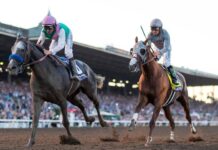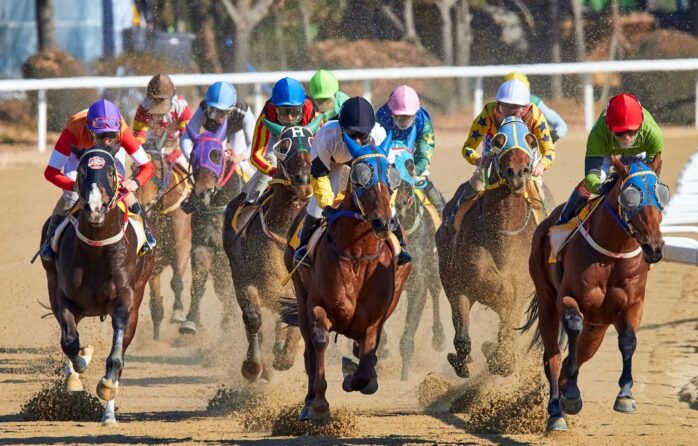
Horse racing is one of the world’s oldest and most popular sports. It’s an exciting event, full of expectation and excitement as you watch your preferred horse gallop to victory. But gambling may also be rewarding if you know how to gamble correctly.
That’s why we have put together this guide on some of the best horse racing betting strategies that will help increase your chances of success when wagering on races. We’ll cover everything from studying form guides, handicapping methods, leveraging risk management tools, understanding track conditions, and more! So let’s get started with our top five strategies for successful horse racing betting!

1. Research the Form Guides
Form guides are a great tool for punters to increase their chances of success when betting on horse racing. Form guides provide detailed information about the horses’ past performances, indicating how they may fare in future races. By studying form guides, you can gain valuable insight into the strengths and weaknesses of each horse, as well as any potential issues that could affect their performance.
Some form guides also include comments from jockeys who have ridden the horse before, indicating how the horse behaves under pressure or how they respond to different types of track conditions. This can give you a better understanding of how the horse will perform in a particular race.
2. Handicapping Methods
These methods involve analyzing the various factors that go into a race, such as the horse’s age, breed, weight, and jockey.
One of the most common handicapping methods is looking at class levels. Horses are divided into different classes based on their performance in past races. For example, horses that have consistently finished in the top three positions might be placed in a higher class than those who haven’t had as much success.
Another popular handicapping method involves studying past performances. Looking at how each horse has performed in previous races can provide valuable insight into how they may do in future races. Paying close attention to track records and times run can also help you determine which horses have the best chance of winning.
Finally, many punters use statistics to handicap races. Statistics like speed figures and early pace figures can help you understand a horse’s performance better and give you an indication of how it will fare in a particular race.
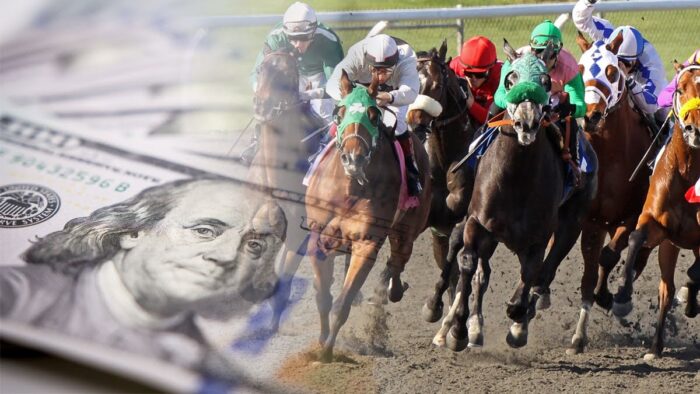
3. Risk Management Tools
Put simply; these tools help you manage your bankroll and reduce the risk associated with wagering on horses.
For example, you might decide to use a progressive bet structure, whereby each bet size increases as you win more races. This allows you to limit your losses while still having a chance to win big payouts if your bets come through correctly. You can also use stop-loss limits or “hedging” strategies that allow you to protect yourself from large losses if the odds don’t go in your favor.
4. Understand Track Conditions
Different track conditions will affect how fast or slow the race is run, so understanding these conditions before placing a bet can give you an advantage.
For instance, dirt tracks tend to be faster than turf tracks as they have a harder surface which gives horses with good acceleration an advantage. On the other hand, turf tracks provide better traction and grip for horses that are more comfortable running on softer ground.
Weather also plays a role in track conditions. Rain-soaked or muddy surfaces can slow down races significantly and increase fatigue levels in horses due to the extra effort required to maneuver through mud and puddles. Conversely, dry weather can lead to faster times as the track will be much firmer and easier for horses to run.
Temperature is another factor to consider when handicapping a race. During warmer months, there will typically be less energy in the air, and individual heat will last longer than usual. This could give certain horses with more stamina an edge over their opponents, who may be unable to handle the additional exhaustion. On the other hand, colder temperatures create shorter heat but can cause problems for horses that don’t cope well with extreme temperatures.
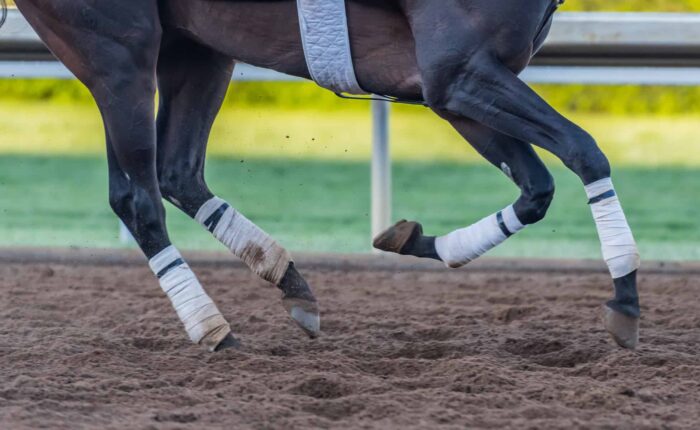
5. Look for Value Bets
Value bets are bets that offer a better return than the likelihood of the bet coming through – in other words; they offer better value than the odds suggest they should. To identify value bets, punters should look at the horse’s form guide and compare it with its current odds. This will give them an indication of whether or not a certain horse is being undervalued by bookmakers. If they find one that appears to be undervalued, it could be worth placing a wager on it, as the potential reward could outweigh the risk. In addition to form guides, punters can also use statistics to identify value bets.
6. Speed Analysis Techniques
One of the key factors in horse racing is speed. Understanding and analysing the speed of horses can provide valuable insights for betting strategies. Different speed figures, such as the Beyer Speed Figures, can help gauge a horse’s past performances and potential for future races. Tracking the horse’s average speed, finishing times, and comparing them to other contenders can give an indication of their capabilities. Additionally, considering the pace of the race and how it may affect each horse’s running style is crucial. By incorporating speed analysis techniques into your betting strategy, you can make more informed decisions and increase your chances of identifying winning horses.
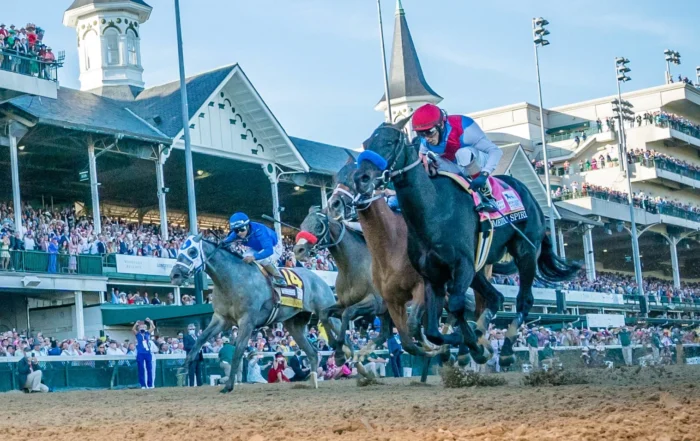
Final Thoughts
We hope this guide has given you a better understanding of some of the best horse racing betting strategies. Remember, no strategy is foolproof, and there will always be risks involved when wagering on horses. And with that in mind, make sure only ever to bet within your means and never chase losses. So why don’t you give Fanduel Horse Racing a try today and see if you can become a profitable punter? Good luck!


